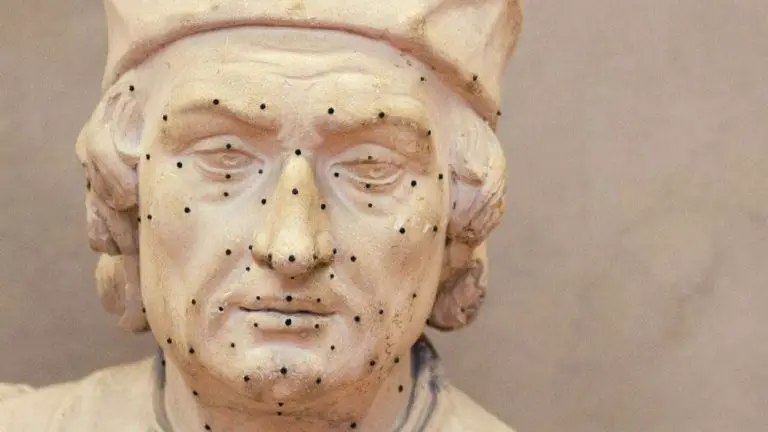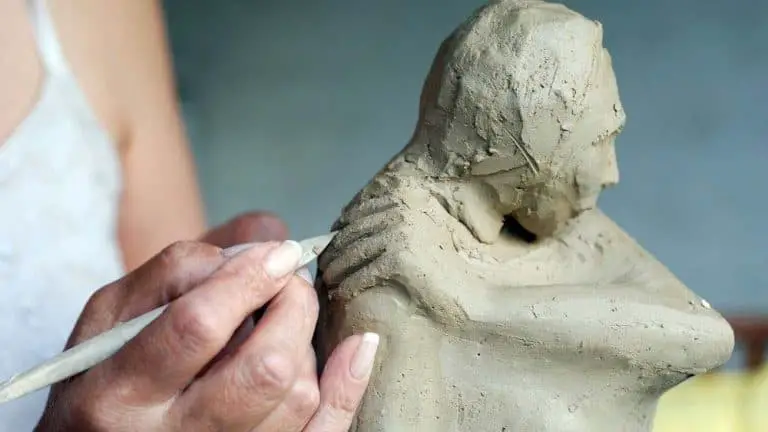Can A Sculpture Be FLAT? (Relief Sculpture Explained!)
Simply put, a sculpture is a three-dimensional object made using different materials and sculpting techniques to create a piece of artwork that is visually appealing. In most cases, you can walk around a sculpture and view it from every angle, but can a sculpture be flat instead?
Sculptures can be flat and are known as relief sculptures. These sculptures are made to be seen from only one side, and they can be low relief or high relief. Relief sculpture is a sculpture where images are only slightly raised off a flat background and usually composed of the same material.
It doesn’t matter if you are an art lover, artist, or just looking to add a sculpture to your home, a relief sculpture is, without a doubt, an interesting and unique piece of art. Read on as we look at the different types of flat sculptures and explain the subtle differences!
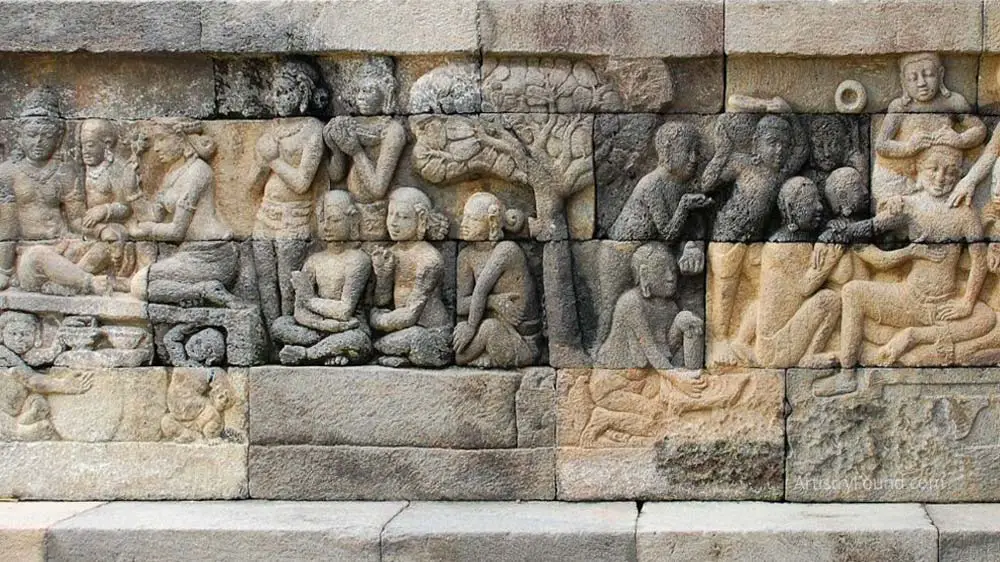
(This article may contain affiliate links and I may earn a commission if you make a purchase)
What Is a Relief Sculpture? (Flat Sculptures)
Most people are familiar with this kind of sculpting, whether they are aware of it or not. Relief sculptures are flat and meant to be seen from only one side and thus can be hung on a wall. A relief sculpture projects above a more or less flat 2D background to differing degrees to create a scene or image. Relief sculptures have been dated back to over 20,000 years ago in both Eastern and Western cultures.
You will be able to notice that in relief sculpting, the background is never important or focused on and does not add or take away from the main focus subject. It is thus possible to fully understand the portrayed message by merely getting a view of the front.
Relief sculpture is an intricate art form that combines several two-dimensional pictorial arts and three-dimensional sculptural arts. Relief can be seen as a picture that rises above the supporting surface to create a 3D art image.
Relief sculpture is a kind of sculpture where the featured images are raised in varying degrees from a flat surface such as stone or wood. A coin would be a great example of relief sculpture: the inscription, the date, and the figure are always raised above a flat surface.
The Different Types Of Flat or Relief Sculpture
The following is a brief overview of the different types of relief sculptures you should know about and what you are most likely to see when viewing these kinds of sculptures. There are quite a few differences, making each type of relief extremely unique:
High Relief Sculpture
The objects in the form emerge from the specific background dramatically, such that most of the figure (focus point) lies on the outside. Thus, you get to have a comprehensive view of the sculpture and can understand its formation.
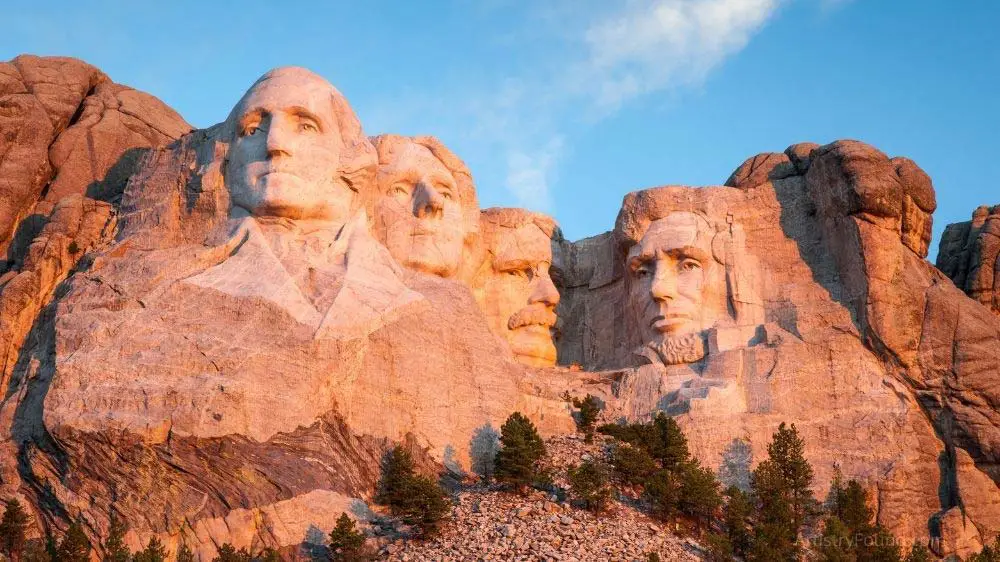
These statues are almost three-dimensional but are still attached to the background. A good example of high relief sculpture would be Mount Rushmore. The viewers can see almost all of each head, but none of them are complete, and they are fixed against the mountain.
Bas Relief Sculpture (aka Low Relief)
Bas relief is also commonly referred to by viewers and artists as a low relief sculpture. The difference between bas relief and high relief is that the portrayed figures project from the background at a much lower level.

This means that most of the focus is in the frontal view, meaning the sculpture needs to be looked at straight on from the front to get the right perspective and understand the artist’s intent. The level of projection is so slight that the viewer can almost miss it, but it is still high enough to create a noticeable difference in levels.
Sunken Relief Sculpture
A sunken relief sculpture may go by several different names, such as intaglio or incised relief. This variation of relief carving is almost exclusively found in ancient Egyptian sculpture.
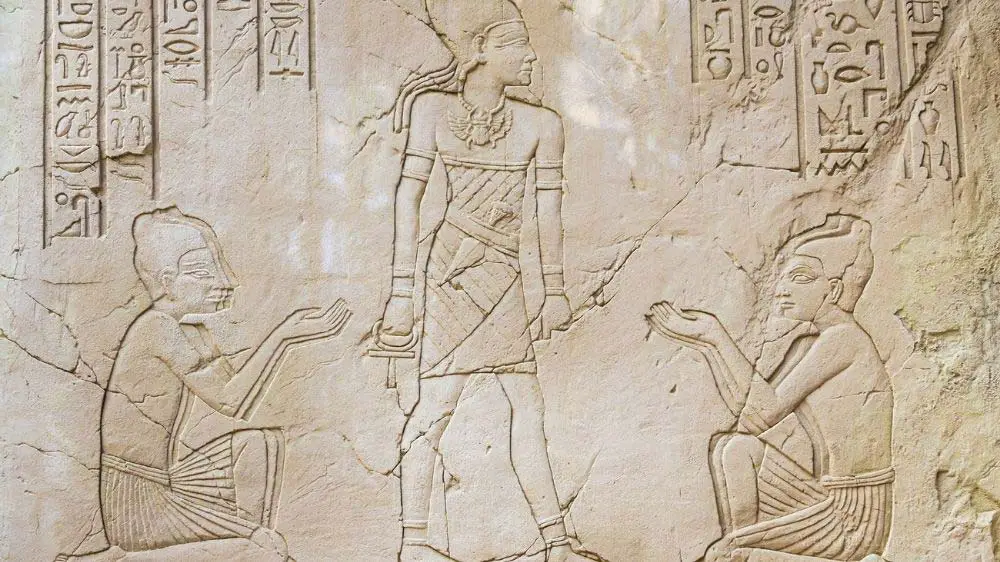
The sunken relief is known as a sculpture in which the carved part is sunk below the level of the main surface creating an entirely different effect.
Different Types of Sculpting Techniques
Carving
Carving is a subtractive or reductive technique in which the sculptor removes portions of the chosen material, often by cutting or abrading, to create a sculpture. Carving is the oldest known method for creating three-dimensional artwork.
The main materials used in carved sculpture are various types of stone (such as marble), bone, and wood. Traditionally these materials were chosen because they were readily available and extremely durable. Contemporary materials include foam, plastics, and glass. Other popular types of media are materials such as limestone, granite, and sandstone.
Casting
The earliest form of Casting was first used over five thousand years ago and is often referred to as a “replacement” or “substitution” process. It is a manufacturing technique where some type of liquid material is poured into a mold or cast which contains the wanted shape and is then left to dry and solidify.
Traditionally, casting materials are usually types of metals, although they can also be several cold-setting substances that cure after two or more elements are mixed together. Examples of casting materials would be epoxy, plaster, clay, and even concrete.
Casting is most often used for making more complex shapes that would be otherwise uneconomical and challenging to make using other methods. It is the more labor-intensive process that sometimes allows for these creations to be time-consuming.
Modeling
Modeling is an additive technique in which a three-dimensional form is shaped from a soft material. The artist commonly uses modeling to build the desired shape or figure with clay, plaster, or other types of softer materials that can withstand being pushed, pulled, pinched, or poured into place.
The used material or materials then are allowed to dry and harden into the finished piece of work. Larger sculptures created with the modeling method make use of an armature, which is an underlying structure of wire that sets the physical shape of the work.
Although modeling is known as an additive technique, artists can also choose to remove material during the process. The works can be reformed using the materials’ elastic properties until the artist is satisfied with the end result.
Assemblage
This type of sculpting can also be referred to as construction and include three-dimensional works in which pre-formed elements such as rope, scrap metal, and even newspaper are used together. Artists use different techniques such as welding, tying, weaving, or sewing to create these types of sculptures.
The assemblage was most evident in the revolutionary art movements in France, Russia, and Germany during the first quarter of the twentieth century. Some modern and contemporary sculptures incorporate elements like movement, light, and sound.
Kinetic sculptures use ambient air currents or motors, allowing them to change in form and even move as the viewer stands in place.
Installation
The term “installation art” generally describes modern, large-scale, mixed-media constructions that are often designed for a specific place and displayed for a limited period of time. Usually, artists create these pieces for specific locations, enabling them to transform any space into a customized and interactive environment completely.
Installation art utilizes multiple different objects, often from different materials, and takes up entire spaces. The sculptures are intended to be viewed from the outside as a self-contained arrangement of forms.
Because of the relative complexity of installations, they can address aesthetic and narrative ideas on a much larger and more effective scale than traditional sculpture.
Conclusion
It is easy to wonder whether a sculpture could be flat, and it could be difficult to compare a relief sculpture to the basic free-standing sculptures one would usually see. Sculpting is a vast visual art form, and as long as there are certain elements like line, color, value, shape, form, space, and texture, a sculpture can come in all shapes and sizes and can even be completely flat.
Related Articles:
- How To Price a Sculpture: An Eight-Step Guide
- Why Do Sculptures Have Nail Holes? (Explained!)
- Freestanding Sculpture (Definition & Famous Examples)
- What is Subtractive Sculpture? (Definition and Examples)
Resources
http://www.visual-arts-cork.com/sculpture.htm#definition
https://courses.lumenlearning.com/atd-sac-artappreciation/chapter/oer-1-25/

